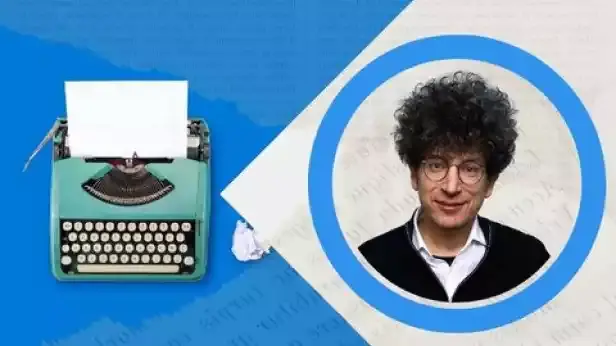10 more things I learned from Inventor of the Future the Biography of Buckminster Fuller by Alec Nevala-Lee

1. He volunteered for the navy in WWI and worked by guarding the east coast of the US. He then worked with naval airplanes in 1918 and rescuing pilots that crashed
2. He was always interested in architecture
He built a structure to live in as a 12 year old
3. His father in law was James Hewlett who was a noted architect who designed the ceiling of grand central station among other things.
Hewlett was a mentor and hired Fuller
4. Fuller got his first patent in 1924 for a way to construct concrete blocks with fibers for strength so they were lighter
He hired people from the cereal industry (shredded wheat) to help him create a factory
5. Fuller was a drinker and also frequented brothels as a married man throughout the 1920s and 1930s. His wife Ann was, according to the author, OK with this
6. He was involved with the avant-garde artists in New York City in the early 1930s he worked with silver and aluminum
7. He managed to create a Dymaxion car: 3 wheels that went 90 mph in the early 1930s
This was a remarkably impractical sounding car: 3 wheels, a periscope to see in the rear and major handling problems. Early in its career there was a terrible fatal accident possibly caused by the handling problems. The car was still featured at the world' fair.
This is a video of a replica. It looks like a Zepplin.

8. He was undeterred by decades of failure
He had significant projects that did not go well in the fields of housing, automobiles, and a portable bathroom that could be moved from house to house. Yet he never stopped working on new ideas.
9. He was hired as a “futurist” and idea man
A newspaper publisher said that 2 hours of talking to Fuller gave him months of content for the newspaper. He was also hired to forecast what the future copper demand would be in the 1940s.

No comments.